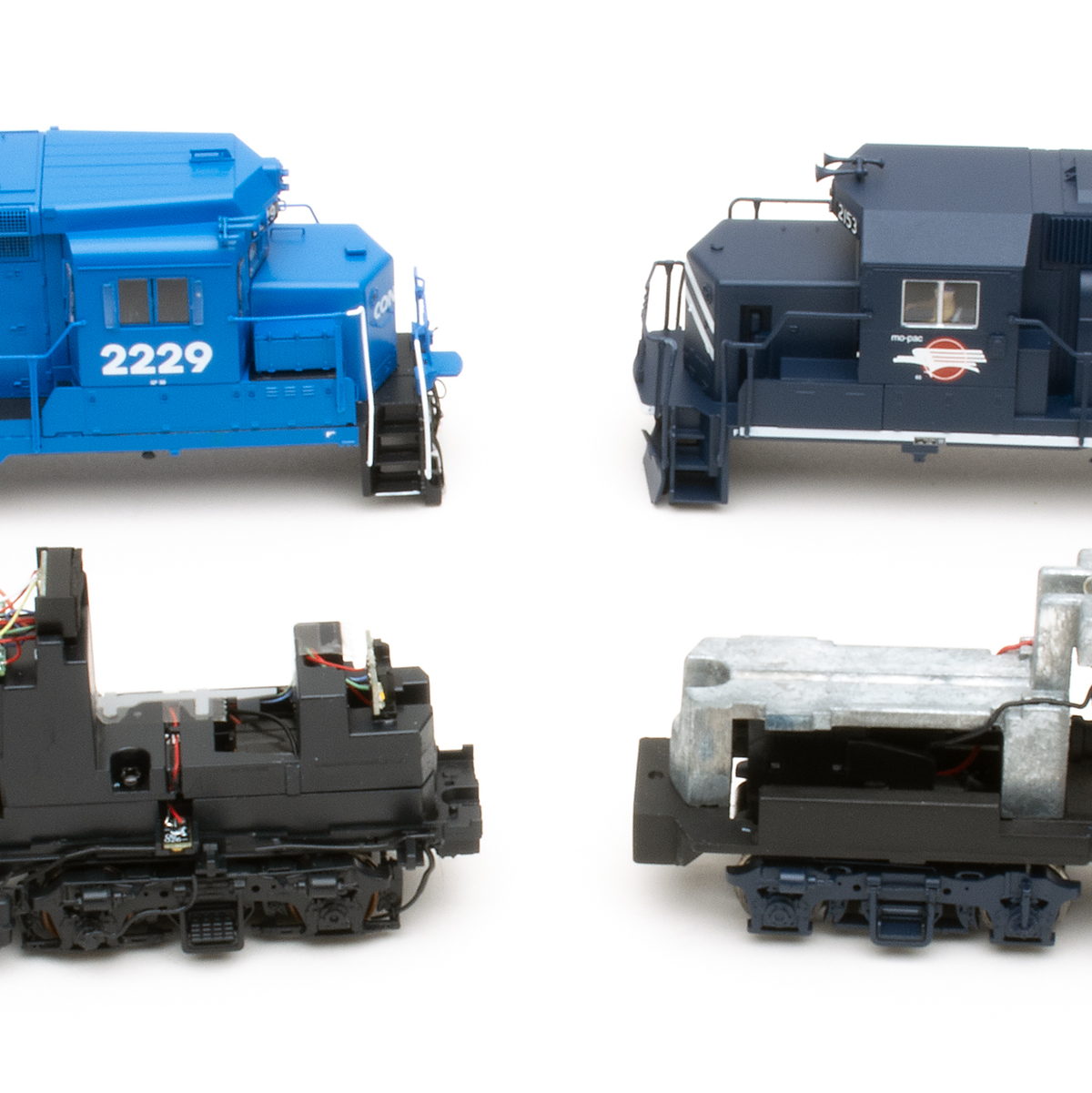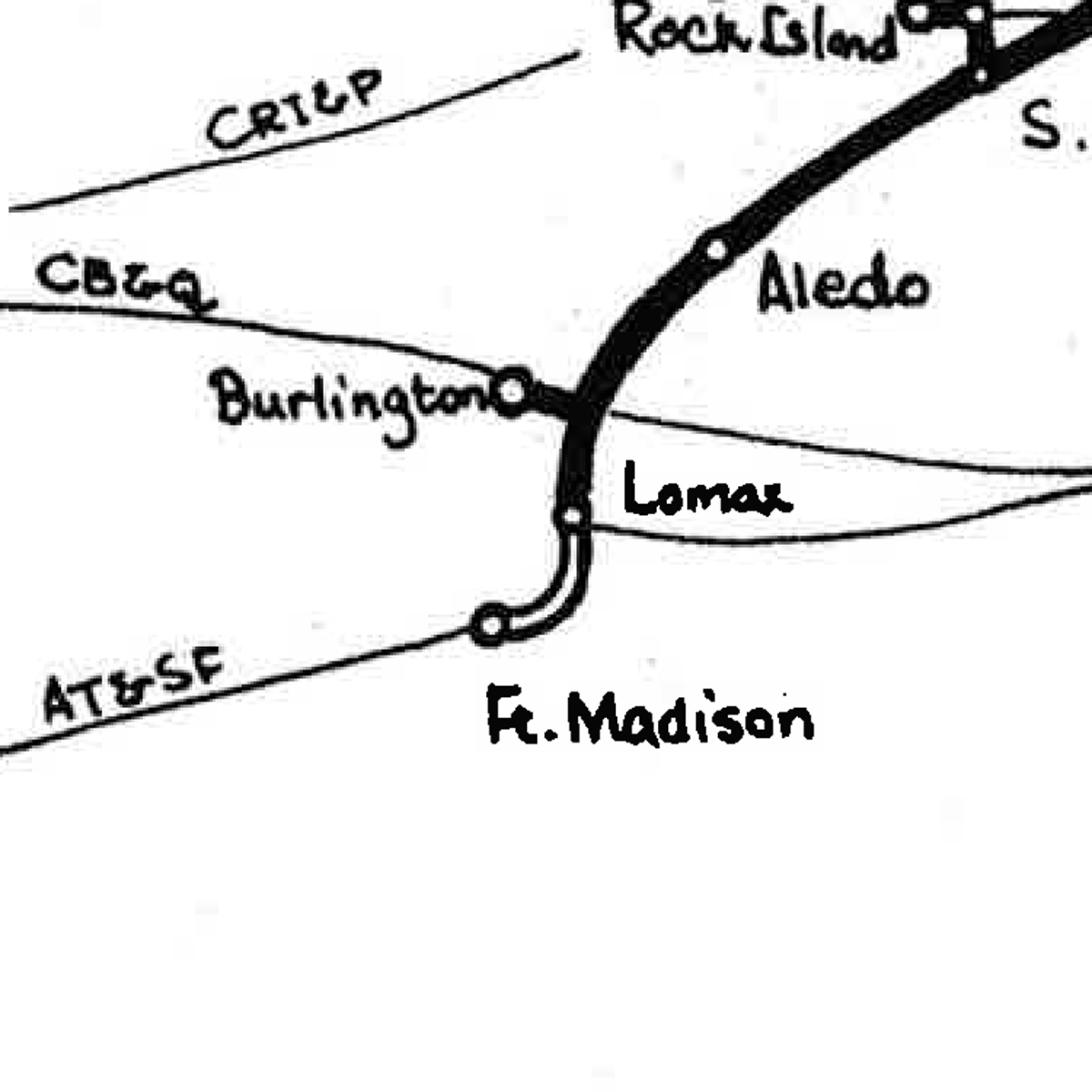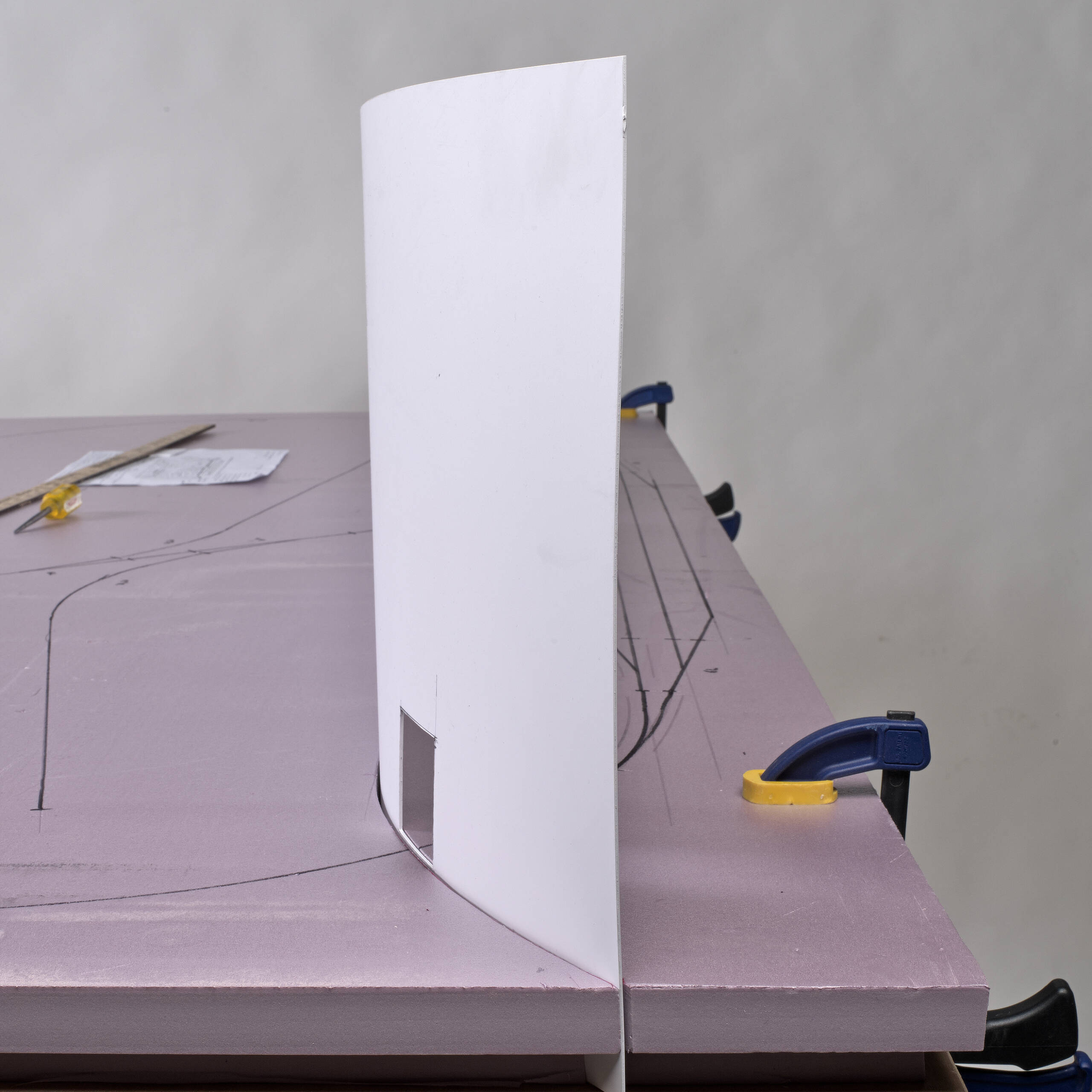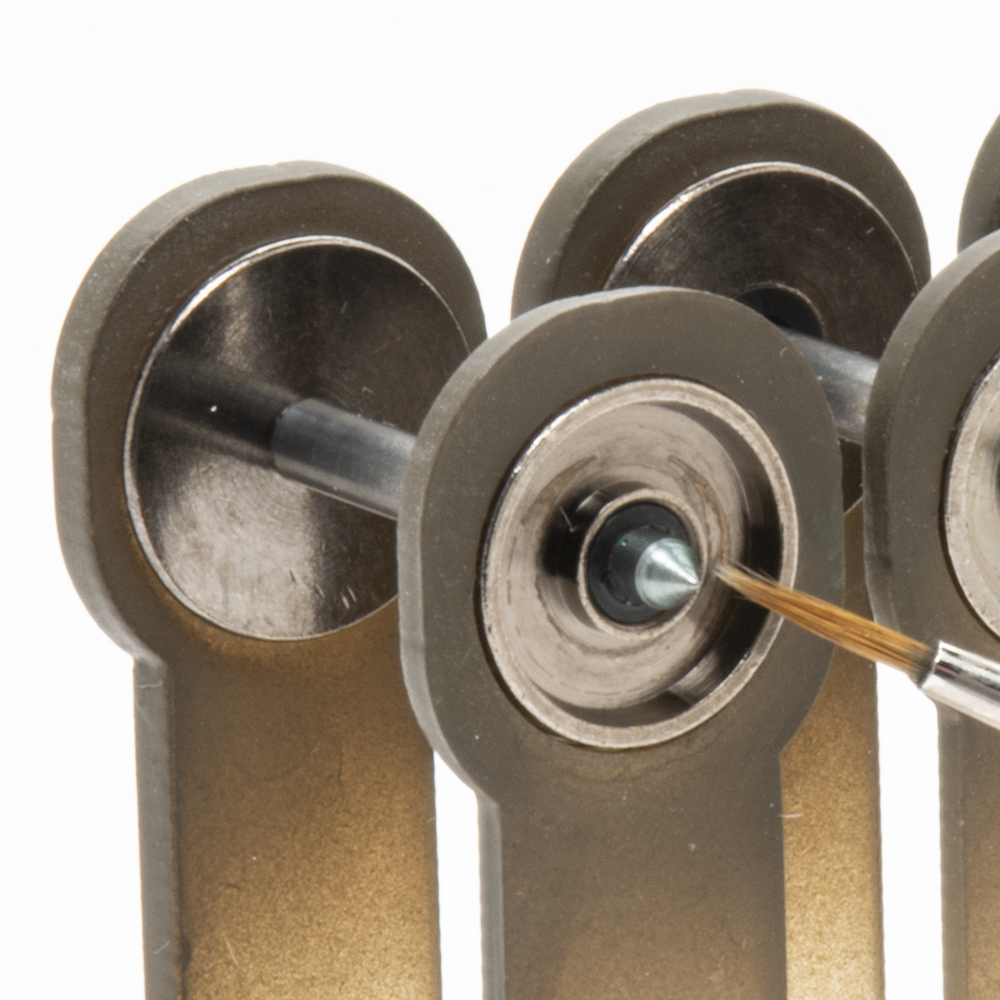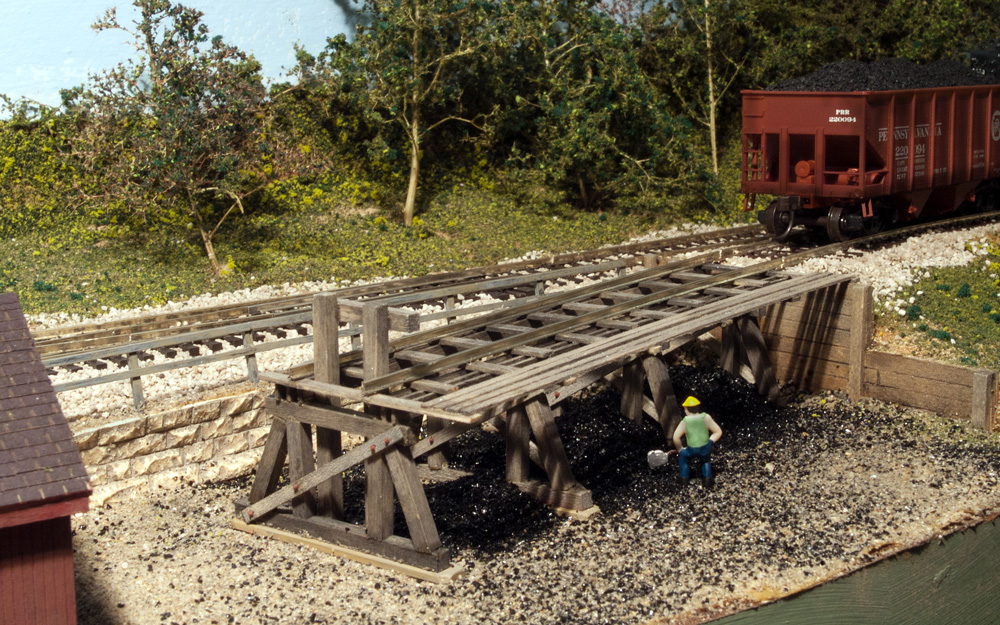
Q: I need some ideas for compact industries that receive coal. Though modeling coal mines on a layout seems a popular topic, what about the coal’s destination? The coal needs to go someplace unless it just disappears into staging. Steel foundries, shipping ports, and power plants seem typical, but these require a lot of layout space to model. Any suggestions for other, more compact industries that receive coal? – Joe Kubala
A: Though these days coal is mainly used by large industries like those you mention, back in the day, there used to be a lot of compact industries that received coal. One obvious one is the small-town coal dealer. Before oil and gas took over as the most prevalent fuels for household heating, every town of appreciable size had a coal dealer or two. These businesses would receive coal by the carload and deliver it to their customers by truck, or earlier, horse-drawn wagon. All that’s needed to model a coal dealer is a small office, a delivery vehicle or two, and a way to unload the coal. Small dealers might have a trestle, like the one in the photo above, allowing the coal to be dumped into bins or simply piles on the ground. Larger ones might have an elevator to lift the coal into silos; smaller ones might use a movable conveyor that extends under the hopper gates to unload the black gold. Check out our December 2012 issue for several articles on modeling the coal business.
Not all power plants are large; some industries are big enough to have their own small powerhouses or boiler houses that are powered by coal. A railroad’s engine or car shops are just one example. Paper mills, brick factories, glass works, tool and die foundries, and similar industries you might already be considering for your layout could have their own small powerhouses, receiving one or two carloads of coal per week. Just add a small brick building with a tall smokestack next to a track with an unloading grate and connect the building to the main plant with electric wires.
Food-processing industries like produce canneries, creameries, and breweries may have stand-alone boiler houses that provide steam to sanitize cans, pasteurize milk, and heat fermentation vessels. These could require a carload or two of coal a week, as well, depending on the size and capacity of the plant. A boiler house would look much like a powerhouse, except instead of electric lines, the building would be connected to the main plant with steam pipes. You could make these from styrene rod or sprue, bent if needed over a heat source like a soldering iron, or you could omit the pipes and say they run underground.
From the mid-1800s to the mid-1900s, gas for lighting homes, businesses, and streets was provided by coal-gas plants. In those 100 years, most towns of any notable size had a coal-gas plant, characterized by a large telescoping tank (called a gasholder or gasometer) and a brick process building with smokestack. These compact industries received coal and, by heating it in an oxygen-free retort, extracted flammable hydrocarbon gases. These gases were cleaned, purified, stored, and delivered via gas underground mains that ran throughout the city. Though they were mostly gone by the 1960s, in the steam era many of us model, coal-gas plants would be common compact industries that receive coal. For more on how coal-gas plants work and how to model them, check out this “Ask MR” column from August 2023, or look for a copy of Jeff Wilson’s book, The Model Railroader’s Guide to Industries Along the Tracks 4 (out of print, but still available from some hobby stores and online vendors).
One last entry on the list of compact industries that receive coal requires little to no modeling at all: a team track. Industries without their own rail spurs might still require the occasional hopper of coal. Add a portable conveyor (like this one from Walthers) to a paved area alongside a spur and you can spot a coal hopper there for unloading into wagons, trucks, or trailers.
Send us your questions
Have a question about modeling, operation, or prototype railroads? Send it to us at AskTrains@Trains.com. Be sure to put “Ask MR” in the subject.






